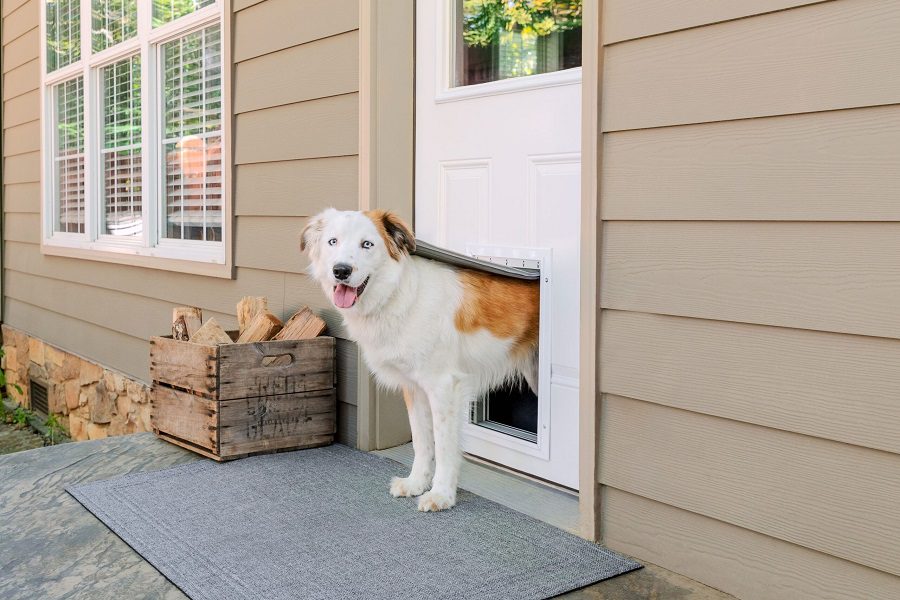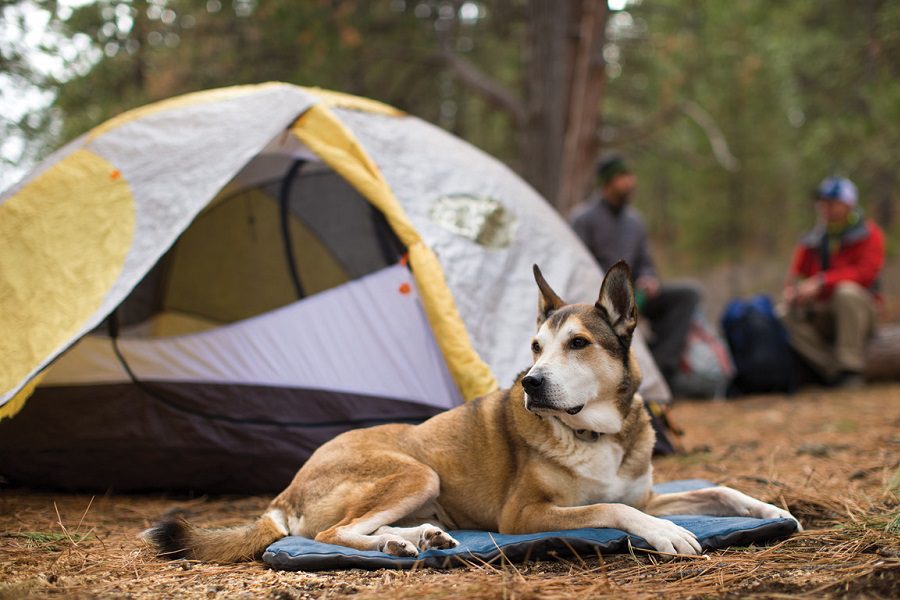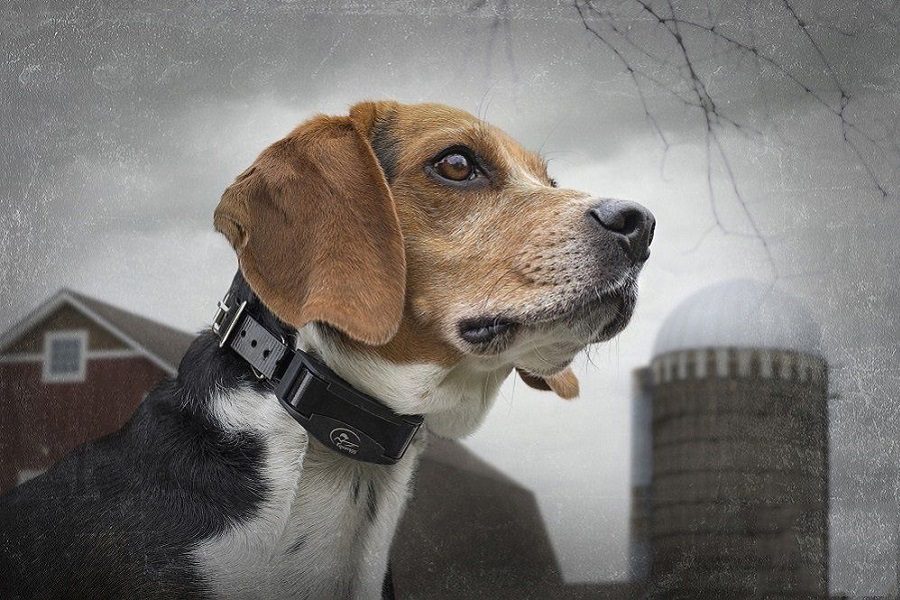Last Updated: 2 months ago
Boundary training is an important aspect of teaching your dog over the course of its training regime.
Why is it so important?
Well, imagine the driveway to your house. If your new dog suddenly gets loose, it may leap into the road, enjoying its new-found freedom.
It might prove fatal because of the potential cars on the road.
Let’s look at another example. Imagine coming home to find your dog in your bedroom, happily eating your favourite shoes and sleeping on your bed.
It is the worst nightmare a dog owner can have. Relying on physical boundaries alone to restrain your dog is not a practical idea.
You must enforce the boundaries of your dog through proper training.
Be it restricting areas of your house, such as your room, or the limitations of the home and garden, All boundary areas should be familiar to your dog so that it may not be straying away from or into them.
Some may use invisible fences like the products from Pet Stop to help train their pup to stay within the target area, but let’s look at some ways to start boundary training with your dog.
Your Dog Should Know The Basics
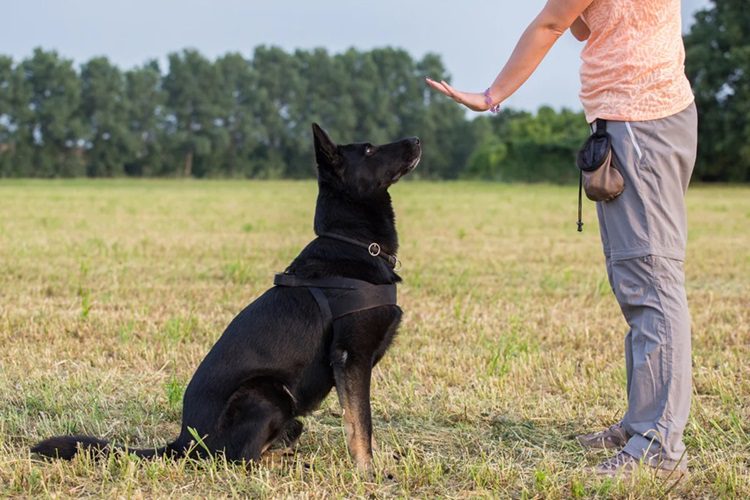
Boundary training can be considered an intermediate level when it comes to your dog’s training regime.
Your dog should be familiar with basic commands such as the recall command, sit command, stay command, and leave it command.
These basic obedience commands must be mastered on the nose so that your dog respects you as its master.
Basic commands will act as tools when training your dog to respect boundaries.
Treats Not Included
Unlike when teaching basic commands, boundary training does not use doggy treats as an incentive.
The goal here is to make the dog understand and respect the boundaries defined by them.
Roping Off The Off-Limits Areas
First things first, you must figure out what areas you’re going to make off-limits for your dog. It can be rooms, stairways, or the house perimeter.
Begin by first barricading the areas using any form of temporary physical barrier, such as gates, baby gates, plywood furniture, etc. Eliminating access to these restricted areas gives you a higher success rate when training your dog to keep off.
Training Guide
- Start by removing a controlled physical boundary. You can put your dog on a leash for training.
- Indicate the boundary area for the dog. For example, let’s assume you are training the boundary of the driveway. Find the best boundary between your driveway and the road. Draw an imaginary line for the boundary.
- Take your dog on a leash as if to go for a walk. Once you come to the boundary, use the ‘heel’ or’sit’ command to make your dog stop before the imaginary line. Then make the dog look at you by calling its name or gently tapping its head. Once the dog looks at you, you can praise it for obeying you. Repeat this process consistently.
- Always stop at the boundary; make the dog sit there and look at you before moving on. If the dog ignores the boundary, you can make a sudden sound of dismay, which indicates that you are not happy with overstepping boundaries.
- We will enforce the fact that there is a boundary here that should not be crossed unless given permission by you in the dog’s mind. If you need to have a clear boundary line to follow at the beginning, you can use tape to create a real line on the floor.
- Put a leash on your dog and walk all the way around the boundary area and inside the boundary area. Make sure you never cross the restriction zone. You can make several circuits around the field for each training session. As the training progresses, give the dog a bit more freedom by loosening the leash.
- Slowly increase the distance between you and your dog by allowing it more freedom via leash loosening. Swiftly apply the correction method whenever the dog strays past the boundary zone. Keep continuing this training regime, and over time the dog will be able to identify the set boundaries correctly.
Correcting And Reinforcing
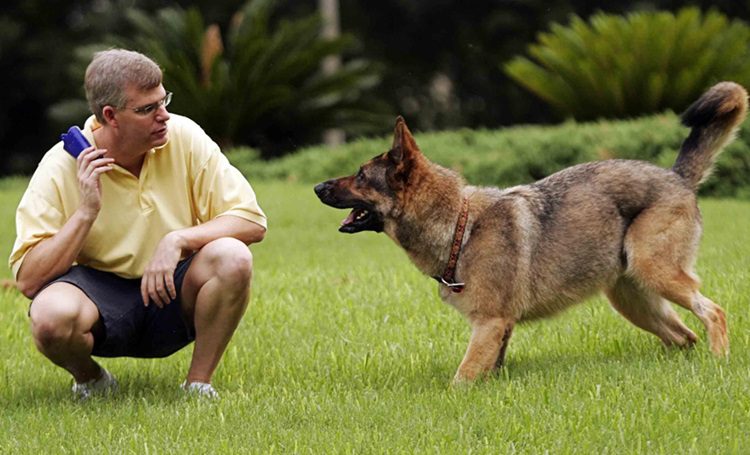
Once you have established the boundaries and made the dog understand the limits, next comes the phase where you let your dog loose and observe if it tries to overstep the boundaries.
You must make sure the dog does not overstep the boundaries even once because it might test their limits to resist.
It is not a problem inside the premises, as you will always be able to keep an eye out for your dog’s movements.
Corrections you make to your dog should be timed well so that it understands what it did wrong. Positive reinforcement should consistently be given whenever your dog respects the boundary parameters.
Getting Some Help
It is not practical to always keep an eye out for your dog. Sometimes those slippery friends of yours will find ways to sneak past the defined boundaries.
If so, you might need to enlist some help. For the outdoors, you can invest in an invisible barrier. It creates a perimeter barrier that tracks your dog’s collar.
When the dog tries to stray away from the boundary, it will receive a small, non-lethal shock that acts as a reinforcing method.
Over time, the dog will learn not to step past the barrier. It is a very efficient and safe way to enforce boundary training on your dog. You do not necessarily have to resort to this method.
Consistency Is The Key To Boundary Training
Boundary training requires a lot of patience and dedication on your part. Never try to punish the dog as a way of scaring it into submission.
Practice consistently, and reinforce the invisible barrier whenever your dog steps past it. Do not expect your dog to identify restricted areas in your house and the perimeter overnight.
It will take some time and training for it to properly understand the dimensions and the proper set of boundaries.
Boundary training ensures safety for your beloved pet and no stress for you as the responsible master and owner.
Enforce the training regime, and soon you will have an obedient dog staying happily and peacefully within its given boundaries.

